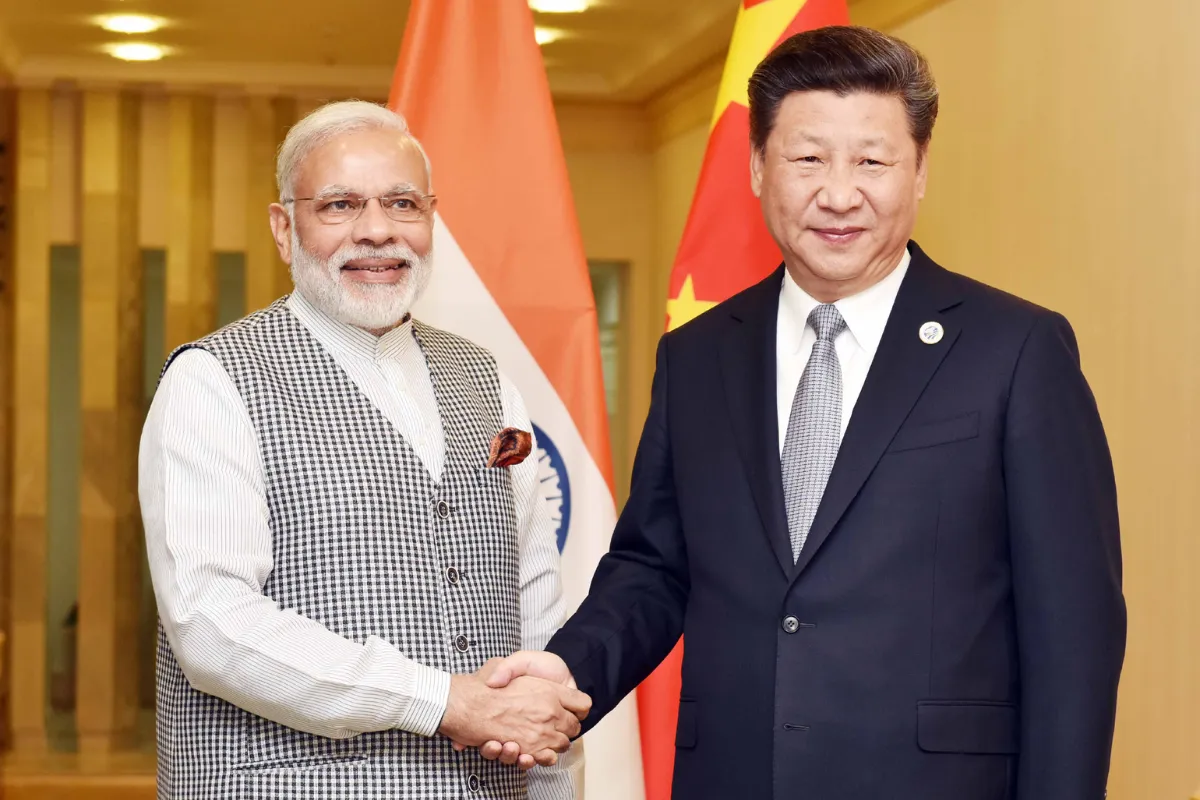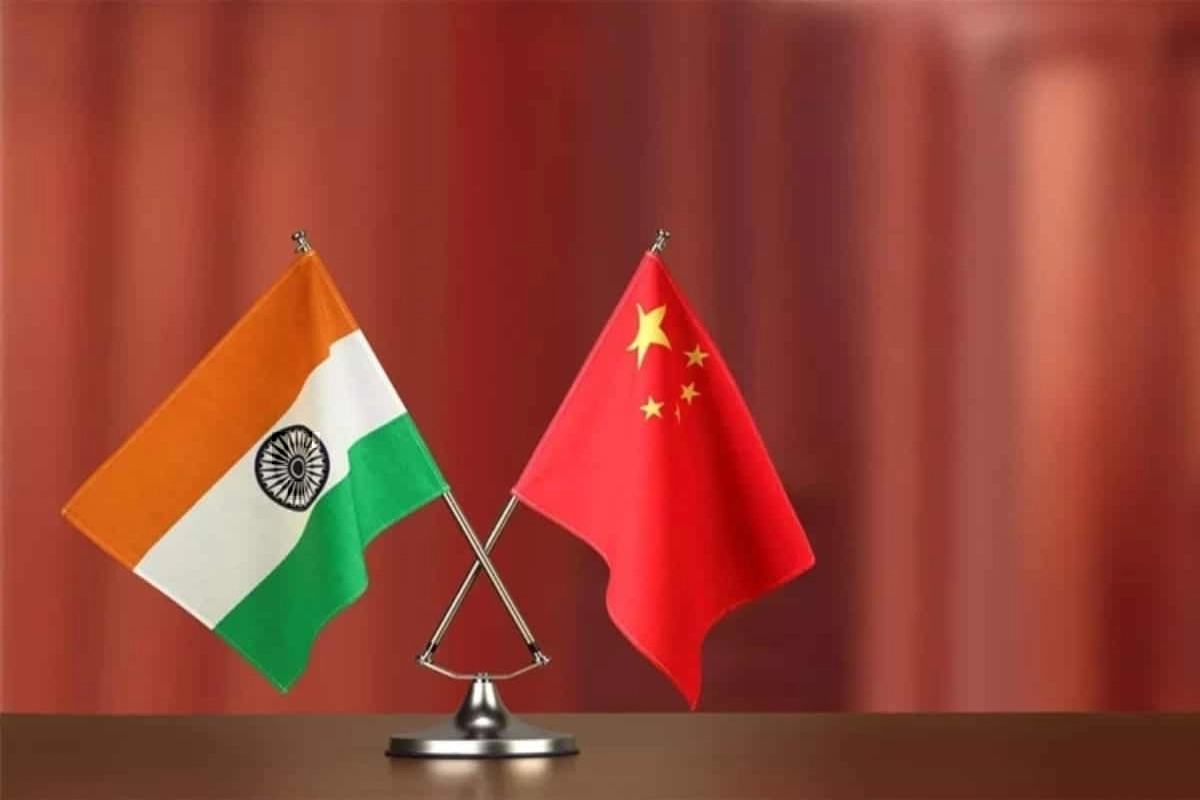Chinese state-sponsored groups intruded into the computer networks of at least a dozen Indian state-run organisations, mainly power utilities and load dispatch centres, since mid-2020 in an attempt to insert malware that could cause widespread disruptions, according to a new study.
Among the organisations that were targeted were NTPC Limited, the country’s largest power conglomerate, five key regional load dispatch centres that help in the management of the national power grid by balancing electricity supply and demand and two ports, says the study by Recorded Future, a US-based company that tracks the use of the internet by state actors for cyber-campaigns.
As per the Indian National Critical Information Infrastructure Protection Centre’s (NCIIPC) definition, all 12 organisations are critical infrastructure.
The activity appears to have started well before the May 2020 clashes between Indian and Chinese troops that triggered the border standoff along the Line of Actual Control in eastern Ladakh, the report said. It further stated, there was a “steep rise” in the use of a particular software by Chinese organisations to target “a large swathe of India’s power sector” from the middle of last year.
The flow of malware was pieced together by Recorded Future, a Somerville, Massachusetts, company that studies the use of the internet by state actors. It found that most of the malware was never activated. And because Recorded Future could not get inside India’s power systems, it could not examine the details of the code itself, which was placed in strategic power-distribution systems across the country. While it has notified Indian authorities, so far they are not reporting what they have found.
Stuart Solomon, Recorded Future’s chief operating officer, said that the Chinese state-sponsored group, which the firm named Red Echo, “has been seen to systematically utilize advanced cyber intrusion techniques to quietly gain a foothold in nearly a dozen critical nodes across the Indian power generation and transmission infrastructure.”
The discovery raises the question about whether an outage that struck on October 13 in Mumbai, one of the country’s busiest business hubs, was meant as a message from Beijing about what might happen if India pushed its border claims too vigorously.
News reports at the time quoted Indian officials as saying that the cause was a Chinese-origin cyberattack on a nearby electricity load-management center. Authorities began a formal investigation, which is due to report in the coming weeks. Since then, Indian officials have gone silent about the Chinese code, whether it set off the Mumbai blackout and the evidence provided to them by Recorded Future that many elements of the nation’s electric grid were the target of a sophisticated Chinese hacking effort.












